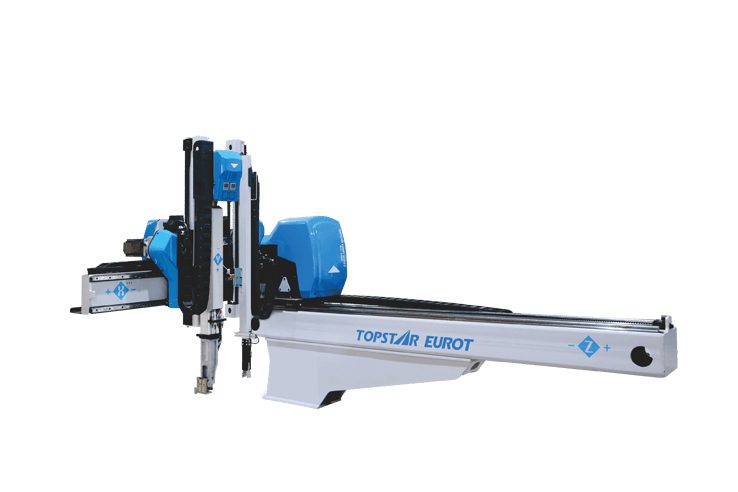Manufacturing processes have undergone a remarkable transformation with the advent of cutting-edge technologies. One such revolutionary combination is the integration of injection robot with servo cylinder technology. In this article, we’ll delve into the intricacies of these advancements, exploring their individual merits and the transformative power they wield when combined.
Understanding Injection Robots
Injection robots, at their core, are automated systems designed to perform precise and repetitive tasks in manufacturing. These robots are equipped with advanced features that significantly enhance production efficiency. The ability to handle intricate tasks with speed and accuracy makes injection robots indispensable in various industries.
Servo Cylinder Robots: A Technological Marvel
Servo cylinder technology represents a leap forward in precision and control within the realm of robotics. These robots utilize servo cylinders, which are devices that enable precise and dynamic control of movement. Compared to traditional robotic systems, servo cylinder robots offer unparalleled accuracy and responsiveness, making them ideal for intricate manufacturing processes.
Integration of Injection Robots and Servo Cylinder Technology
The synergy between injection robots and servo cylinder technology is a game-changer for manufacturers. Injection robots leverage servo cylinders to achieve seamless movements and heightened control, leading to enhanced performance and productivity. The collaborative features of these technologies open doors to new possibilities in automation.
Benefits for Manufacturers
Manufacturers stand to gain immensely from the integration of injection robots and Servo Cylinder Robot technology. The heightened precision and repeatability translate into improved product quality. The increased production speeds and efficiency result in quicker turnaround times, contributing to overall cost-effectiveness and a substantial return on investment.
Challenges and Solutions
While the benefits are undeniable, implementing injection robots and servo cylinder technology may pose challenges. Issues such as system compatibility, workforce adaptation, and initial setup complexities need addressing. Robust solutions and comprehensive strategies are essential for a seamless transition to automated processes.
Future Trends in Robotic Automation
The future of robotic automation holds exciting prospects. Emerging technologies, such as artificial intelligence and machine learning, are poised to further elevate the capabilities of injection robots and servo cylinder systems. Predictions indicate a continued evolution toward smarter, more adaptive manufacturing processes.
Training and Skill Development
As technology advances, it becomes imperative to invest in workforce education. Training programs focusing on the operation and maintenance of injection robots and servo cylinder systems ensure a skilled and competent workforce capable of maximizing the potential of these technologies.
Environmental Impact
The adoption of injection robots and servo cylinder technology aligns with sustainable manufacturing practices. Reduced waste, optimized energy consumption, and streamlined processes contribute to a more environmentally friendly approach to production.
Regulatory Landscape
The integration of advanced robotic technologies necessitates compliance with industry regulations and standards. Striking a balance between innovation and adherence to safety and ethical guidelines is crucial for the responsible use of injection robots.
Cost Analysis
While the initial investment in injection robots and servo cylinder systems may seem substantial, a comprehensive cost analysis reveals long-term savings. The enhanced efficiency and productivity result in a favorable cost-benefit ratio, positioning these technologies as valuable assets for manufacturers.
Success Stories from the Field
Numerous companies have experienced transformative changes after adopting injection robots and servo cylinder technology. Testimonials highlight the measurable improvements in production speed, product quality, and overall operational efficiency. These success stories serve as compelling evidence of the positive impact of automation.
Challenges and Innovations in Servo Cylinder Technology
Continuous advancements in servo cylinder technology address existing limitations and open avenues for innovation. Ongoing research and development efforts focus on making these systems even more adaptable and efficient. The future promises further breakthroughs in the field of servo cylinder robotics.
Conclusion
In conclusion, the integration of injection robots with servo cylinder technology represents a paradigm shift in manufacturing. The collective benefits of precision, efficiency, and sustainability position these technologies as indispensable tools for companies striving for a competitive edge. Manufacturers embracing this transformative duo are not merely automating processes; they are future-proofing their operations.

